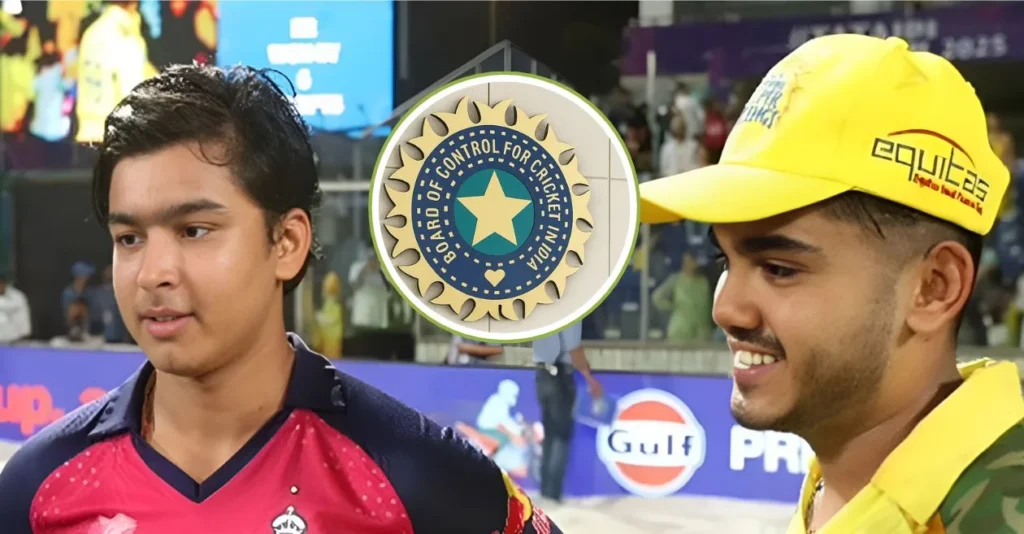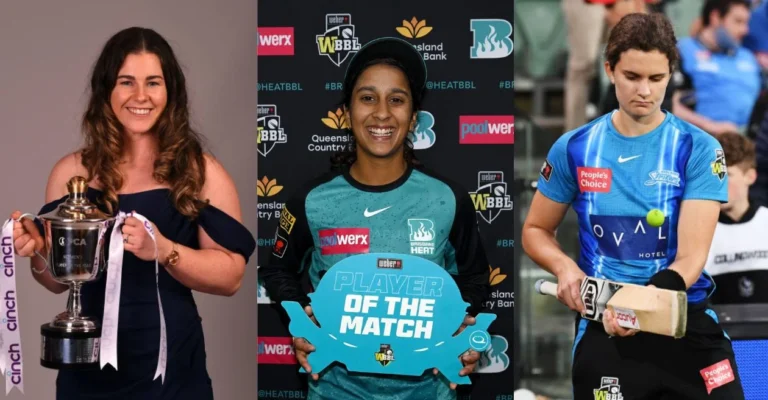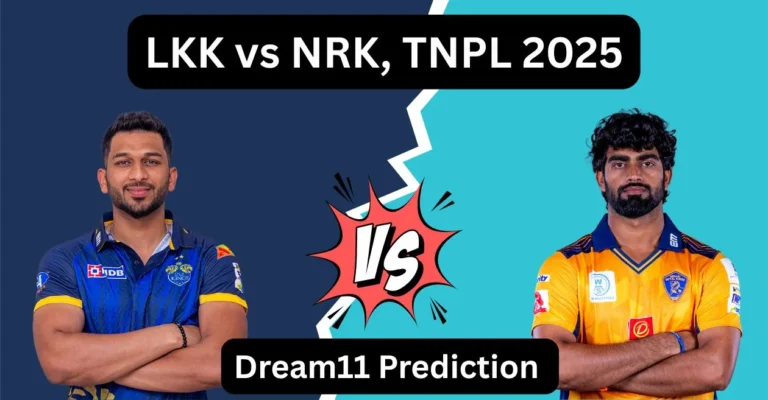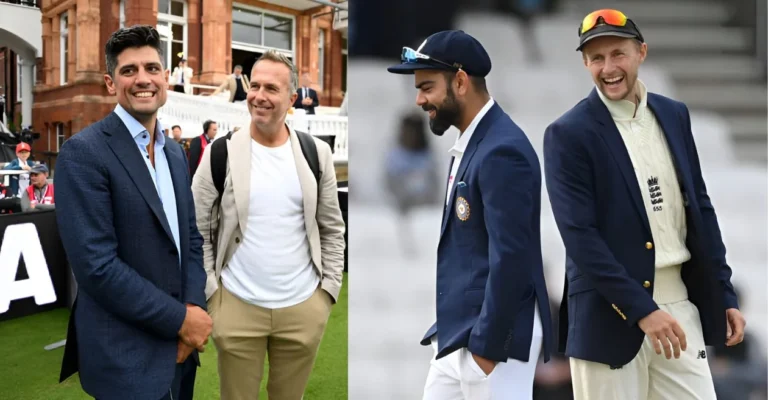

In a notable development aimed at tightening the integrity of age-group cricket in India, the Board of Control for Cricket in India (BCCI) has amended its long-standing Age Verification Programme (AVP) by introducing a second chance for young cricketers to validate their age through bone testing.
BCCI revamps age verification protocol to include second bone Test for fairness
According to the Cricbuzz report, the decision, approved in the latest Apex Council meeting, comes in response to growing concerns over the accuracy of bone age assessments and the fairness of age-group eligibility rules. Previously, BCCI’s AVP only allowed a single bone test for boys aged 14-16 and girls aged 12-15. The process used to involve adding one full year to a player’s tested bone age, a value then used to determine their ‘mathematical age’ for participation in BCCI-conducted junior tournaments.
The report further added that under the new AVP rules, if a player remains under the age limit as per his or her birth certificate, they will now be allowed a second bone test in the subsequent year. Should this second test show a bone age within permissible limits, the player can continue participating in the age-group category. This change will benefit not only boys but also girls competing in similar age brackets.
The move is a direct acknowledgment that while bone testing is a scientifically grounded method, it is not devoid of inconsistencies. External factors such as ethnicity, nutrition, genetics, and regional disparities can influence skeletal maturity and render bone test results slightly inaccurate. Thus, the introduction of a repeat test is being welcomed as a more compassionate and scientifically sound approach that also protects deserving talents from disqualification based on borderline results.
Also READ: 3 Indian captains to win a Test series in England
Combating age fraud: BCCI tightens verification with Aadhaar and state coordination
Beyond bone testing, the BCCI has had to deal with a more troubling issue in recent years—age fraud and impersonation during medical evaluations. In an attempt to outwit the system, several parents were discovered to have sent younger siblings or unrelated minors to undergo the bone tests in place of actual players, thereby ensuring eligibility through deceit. These instances of identity manipulation had become a concern for both the central board and state associations.
According to the report, in response, the BCCI has now introduced mandatory Aadhaar-based verification, including submission of Aadhaar documents with current photographs, to ensure that the child undergoing the test is indeed the player registered with the state association. This procedural tightening is aimed at restoring credibility and transparency in the selection process and preventing talented yet honest youngsters from being pushed out by dishonest practices.
The bone tests themselves are conducted annually before the domestic season begins, typically during the months of July and August. Each affiliated state association is allotted a specific testing window during which BCCI-appointed medical staff visit designated hospitals to conduct the X-ray tests. The AVP has been instrumental in upholding fairness in junior cricket competitions, but the decision to evolve it further through a second test reflects the board’s awareness that science must work hand-in-hand with fairness, especially when careers and dreams of young athletes are at stake. By balancing rigour with empathy, the BCCI is paving the way for a cleaner, more reliable ecosystem in grassroots Indian cricket.
Also READ: India’s youngest Test captains ft. Sachin Tendulkar and Shubman Gill
Source link





